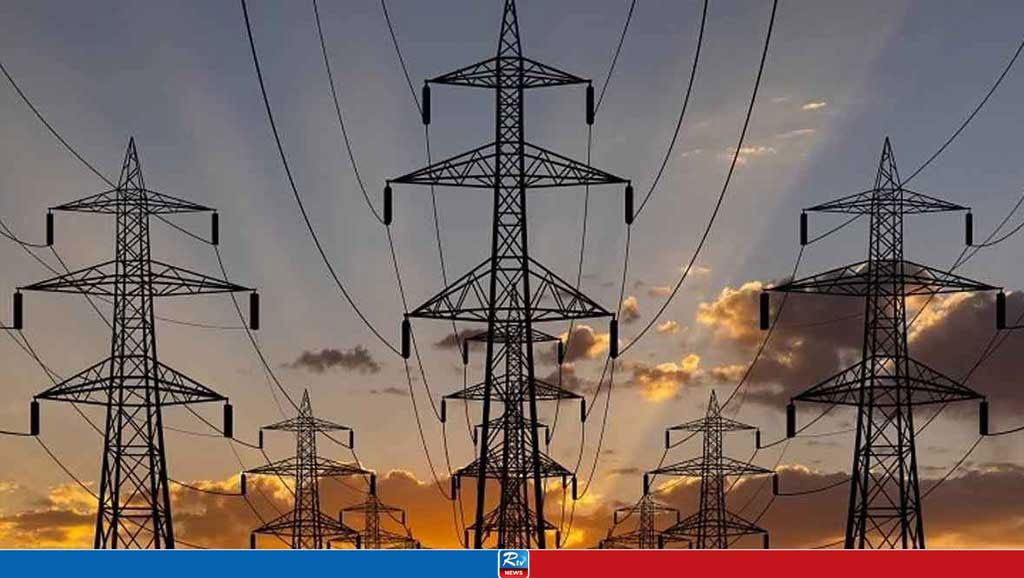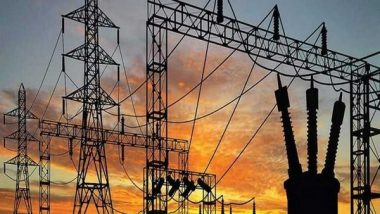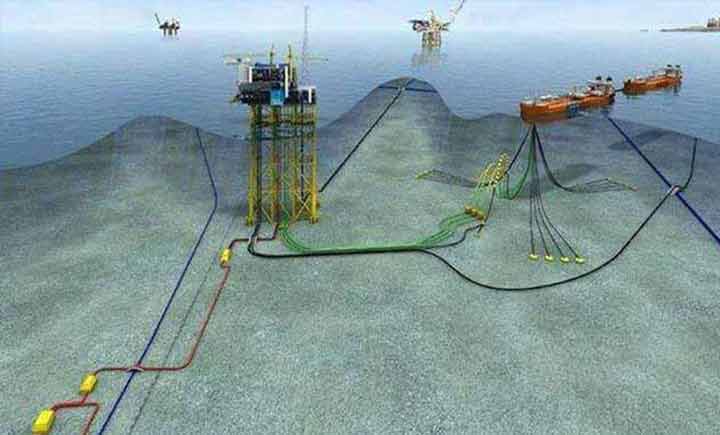Retired educator finds solar solution to electricity crisis
Imagine a scene, where a set of solar-powered batteries automatically takes over when the electricity supply from the public grid stops. Sounds fanciful, especially in a place like Nagaland, but it is possible and more importantly, it works.
A home is quite literally basking in the free energy of the sun, successfully demonstrating a low carbon, in this case, a solar solution to the perpetual ‘load-shedding’ crisis in Nagaland.
The house, located in Mokokchung, is distinguished by a rooftop solar plant with a capacity for generating 3 kW (3000 watts) of electricity, enough to power a standard “Domestic category” household with water pump, fans, fridge, TV, computer, lighting and other appliances.
The person behind this low carbon initiative wished not be named but agreed to share with The Morung Express his triumphant tryst with solar energy. A retired science educator living in Mokokchung with his family, he wished to be known only as AB, the initials of his name.
He said that he was captivated by the idea of solar energy, from an early age, closely following the developments in photovoltaic cells. As an electronics hobbyist, “I thought it will be smart to use solar energy. As my career progressed, I was able to save some money to install one,” AB said, who also owns an EV or electric car.
The installation was phased, gradually upgrading to a system that now has 3 kW solar panels and 6 kW inverter and battery backup. A higher backup rating implies the capacity of the solar panels can be augmented without having to upgrade the inverter.
The cost factor, however, remains a major barrier to mass transition to renewable solar energy. Having invested around Rs 4.5 lakh for the existing rooftop system, which was upgraded in 2019, he said that the long-term advantages outweigh the installation costs.
He asserted, “I can say that I am not wasting the solar energy that my roof gets. Moreover, my bills become less.”
Cost-benefit
According to AB, the most visible benefit has been independence from “the horrendous power cuts” that Nagaland has come accustomed to. But a more important aspect has been a sense of psychological contentment. “Solar energy has a comparatively low carbon footprint and so there is a feel good factor to it,” he said, not forgetting reduced energy bills.
The initial investment would be hard on the pocket but he maintained that it would eventually break-even. He tipped the break-even point at around 6 years, narrowing further if one opts for a grid-connected system.
“If you go for a grid-tied rooftop solar system of about 10 kW, the investment may be recovered within 2-3 years,” he said. As the name would suggest, a grid-tied or grid-connected solar plant enables two-way energy flow enabling exporting of energy generated by the plant to the local grid; vice versa on cloudy days or night time.
Such a bidirectional system also allows for exporting excess energy, generated by the rooftop plant, to the grid offsetting drawal costs. In such a system, a home-owner need not invest in backup battery, which generally accounts for half of the total costs for a rooftop solar plant.
While stating that his rooftop system has also switched to a grid-tied system, he said, “It brings down the cost (electricity bill) a lot.” He approximated his normal electricity consumption to be equivalent to around Rs 3000 a month, as per the Department of Power Nagaland (DoPN) tariff. “But since it is now a grid-tied system, I may reduce my bills to around Rs 700-800,” he added.
He made the proposal for the switchover in the month of May, this year. According to him, the Department was happy to let him know that there already was a government scheme for incentivizing domestic solar plants.
Solar subsidy
A scheme, known as “Phase-II of Grid Connected Rooftop Solar Programme,” was sanctioned in 2019 by the Union Government. At the time, the target was to achieve “cumulative capacity of 40,000 MW from Rooftop Solar (RTS) Projects by the year 2022” through Central Financial Assistance (CFA) for the residential sector. It outlined a subsidy of 40 percent for RTS systems up to 3 kW capacity and 20 percent for systems beyond 3 kW and up to 10 kW.
It envisaged implementation of the RTS projects through increased involvement of DISCOMs (power distribution companies) and in Nagaland’s case, through the DoPN.
As disclosed by DoPN officials, the scheme became operational in the state sometime in April-May 2022. Deficient, rather non-existent, promotional effort has reportedly had potential clients unaware of the scheme.
A 1 kW rooftop system is said to cost approximately Rs 52,000. Under the scheme’s 40 percent subsidy, the cost cuts down to around Rs 31200 alongwith 5 years free maintenance and net metering. A 3 kW system can be installed at less than a lakh, one of the DoPN officials said.
The solar panels provided via the scheme are said to be sensitive enough to work even under cloudy skies, though not on full capacity.
Air pollution also impacts the output of solar plants but according to AB, air pollution level is relatively low in Nagaland making it ideal for photovoltaic panels. “In fact, people can embark on setting up solar energy farms and have, more or less, a passive income source. This will also help in solving the energy crisis of the state to a significant level,” he said.
Source: www.morungexpress.com
02 Aug 2023,13:38














 Live Tv
Live Tv









